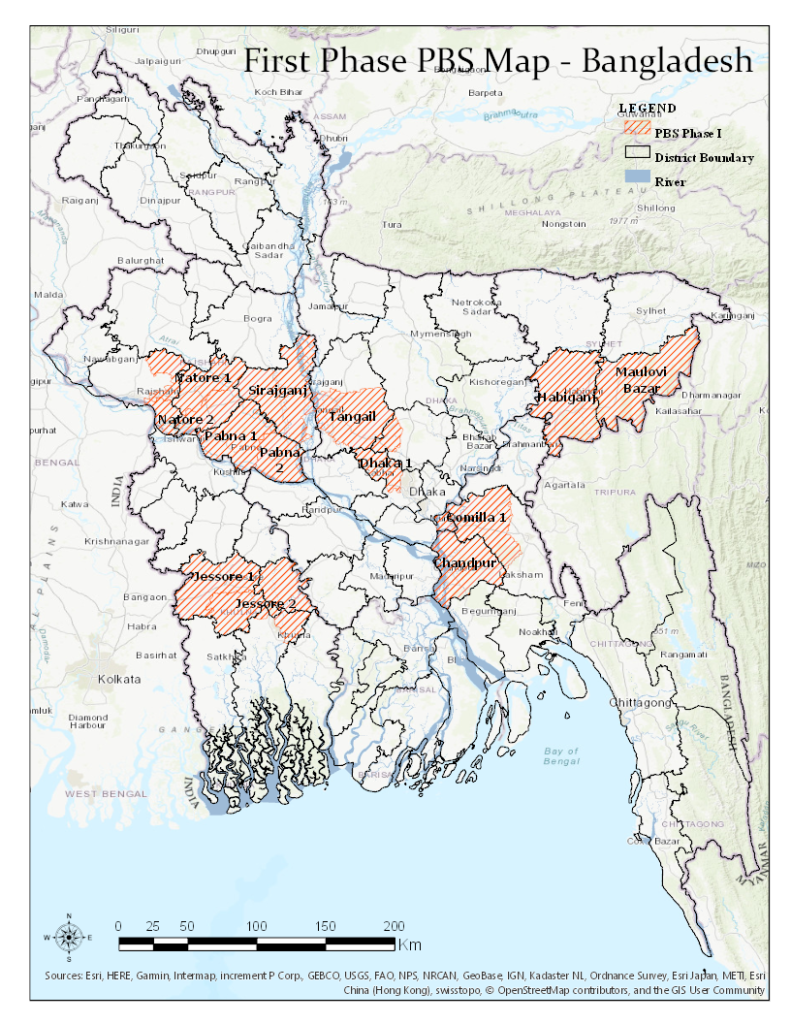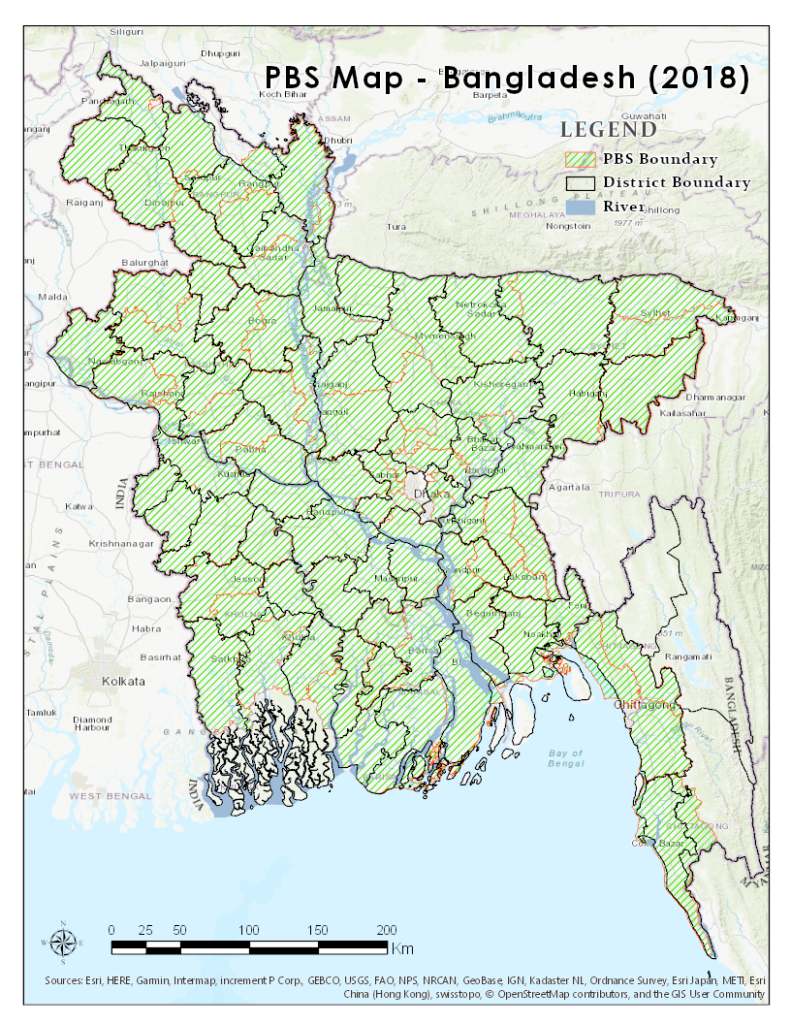More than 100 million people in rural Bangladesh have access to electricity. In the early 1980s, that number was only 13,000. Since NRECA International’s involvement, the average annual income for Bangladeshi homes with electricity increased by 250%.
|
|
Strong partnerships, the American electric co-op model, and a commitment to improve lives made this possible. NRECA International continues to support the government with the increasing electricity demand in rural areas of Bangladesh. Take a look at how it happened.
1971
Independence. Virtually no electricity was available in rural villages. Lack of irrigation resulted in famine of historic proportions.
|
|
1977
NRECA International partnered with the U.S. Agency for International Development (USAID) and the government of Bangladesh to deliver power to the people living in the rural areas.
|
|
1980
The Bangladesh Rural Electrification Board (BREB) was established, and using the American electric co-op model, 13 electric co-ops (PBS) were created.

Today
Eighty PBSs provide electric service to more than 100 million people in Bangladesh. By 2021, the government aims to connect all 160 million people to power.

Bangladesh is a global model for rural electrification. What is the secret for this success?
Read, watch and listen how the American electric co-op model is still helping build Bangladesh with reliable and affordable electricity.